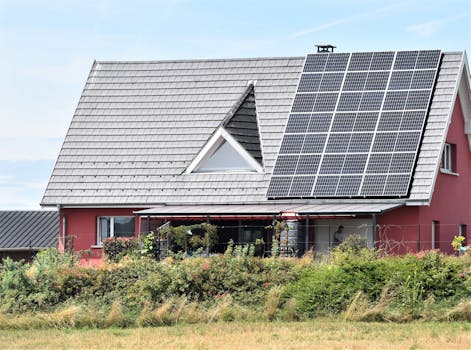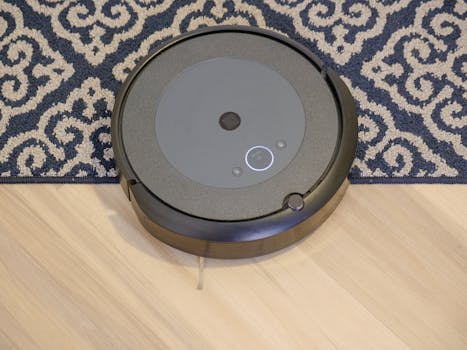
Smart Homes and Smart Living: The Technological Transformation of European Homes by 2025
Smart Homes and Smart Living are revolutionizing the way we live and interact with our living spaces. The European home landscape is undergoing a significant transformation with the integration of smart technologies, making our homes more comfortable, convenient, and sustainable. In this article, we will explore the latest trends and innovations in smart homes and smart living, and how they are transforming European homes by 2025.
Introduction to Smart Homes and Smart Living
Smart homes and smart living refer to the integration of advanced technologies, such as the Internet of Things (IoT), artificial intelligence (AI), and home automation, to create a more efficient, convenient, and sustainable living environment. Smart homes are equipped with sensors, cameras, and other devices that can detect and respond to the occupants’ needs, preferences, and behaviors. This enables homeowners to control and monitor their homes remotely, receive notifications, and access a range of services and applications that enhance their living experience.
Key Features of Smart Homes and Smart Living
- Home Automation: Smart homes can be controlled and monitored remotely through mobile apps, voice assistants, or web interfaces.
- Energy Efficiency: Smart homes can optimize energy consumption by automatically adjusting lighting, temperature, and appliances.
- Security and Safety: Smart homes can detect and respond to potential security threats, such as intruders or fires, and provide emergency assistance.
- Health and Wellness: Smart homes can monitor and promote the health and wellness of occupants, such as air quality, noise levels, and sleep patterns.
- Entertainment and Leisure: Smart homes can provide access to a range of entertainment and leisure services, such as streaming media, gaming, and virtual reality experiences.
Trends and Innovations in Smart Homes and Smart Living
The smart home and smart living market is rapidly evolving, with new trends and innovations emerging every year. Some of the current trends and innovations include:
- Artificial Intelligence (AI) and Machine Learning (ML): AI and ML are being integrated into smart homes to enable more personalized and adaptive experiences.
- Internet of Things (IoT): The IoT is expanding to include more devices and sensors, enabling greater connectivity and interoperability between smart home devices.
- 5G and Wi-Fi 6: The adoption of 5G and Wi-Fi 6 is enabling faster and more reliable connectivity, supporting the growth of smart home devices and applications.
- Voice Assistants: Voice assistants, such as Alexa and Google Assistant, are becoming increasingly popular, enabling homeowners to control and interact with their smart homes using voice commands.
Benefits of Smart Homes and Smart Living
The benefits of smart homes and smart living are numerous, including:
- Increased Convenience: Smart homes can automate routine tasks, such as lighting and temperature control, freeing up time for more enjoyable activities.
- Improved Energy Efficiency: Smart homes can optimize energy consumption, reducing energy bills and minimizing the carbon footprint.
- Enhanced Security and Safety: Smart homes can detect and respond to potential security threats, providing peace of mind and protecting occupants and their belongings.
- Better Health and Wellness: Smart homes can monitor and promote the health and wellness of occupants, improving sleep quality, air quality, and other factors that impact well-being.
Challenges and Limitations of Smart Homes and Smart Living
While smart homes and smart living offer many benefits, there are also challenges and limitations to consider, including:
- Cost and Affordability: Smart home devices and systems can be expensive, making them inaccessible to some homeowners.
- Complexity and Interoperability: Smart home devices and systems can be complex and difficult to integrate, requiring technical expertise and support.
- Security and Privacy: Smart homes can be vulnerable to cyber threats and data breaches, compromising the security and privacy of occupants.
- Dependence on Technology: Smart homes can be dependent on technology, which can be unreliable or prone to failure, disrupting the living experience.
Conclusion
In conclusion, smart homes and smart living are transforming the European home landscape, offering a range of benefits, including increased convenience, improved energy efficiency, enhanced security and safety, and better health and wellness. While there are challenges and limitations to consider, the trend towards smart homes and smart living is expected to continue, driven by advances in technology, increasing demand for sustainable and efficient living solutions, and the growing need for convenient and connected living experiences.





